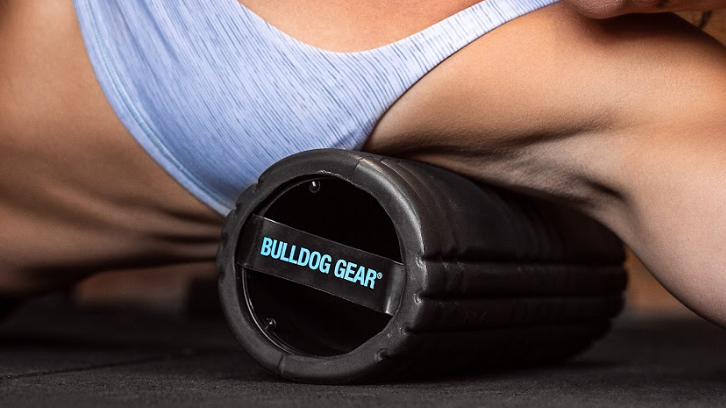When experimenting with and programming new movements it’s important to keep a close eye on the line between ingenuity and novelty. Sometimes slight tweaks in a movement can ‘feel’ as though they challenge you more, be it through an increased test of your balance, coordination or proprioception, or adjustments that mean you can use only a fraction of the weight, whilst the movement pattern remains similar.
On the surface, the ‘feeling’ of a movement being harder can seem advantageous and only a good thing, right? But if you lower the intended stimulus of the movement, or worse- lose it altogether for the sake of increasing engagement of another body part, or incorporating another stimulus (ie balance), then are you really making progress in your training, or simply moving sideways?
For me, one movement that skirts the line perfectly between making a movement more difficult in adjacent areas, but still staying loyal to the intention of the parent movement, is the ring supported plank row. An quantum upgrade on the renegade row, this variation will still allow you effectively hit your lats, but pulls no punches in frying your midline whilst also building bomb proof stability through your shoulders, challenging your entire structure, from head to toe.
Requiring an enormous amount of balance, coordination and strength from your core to your extremities- this is less of a move you’d incorporate on a weekly basis and more of a ‘fun’ move, to throw in as a challenge.



